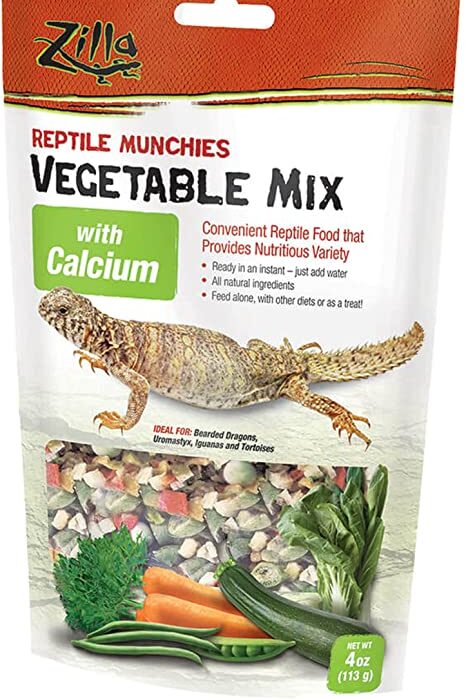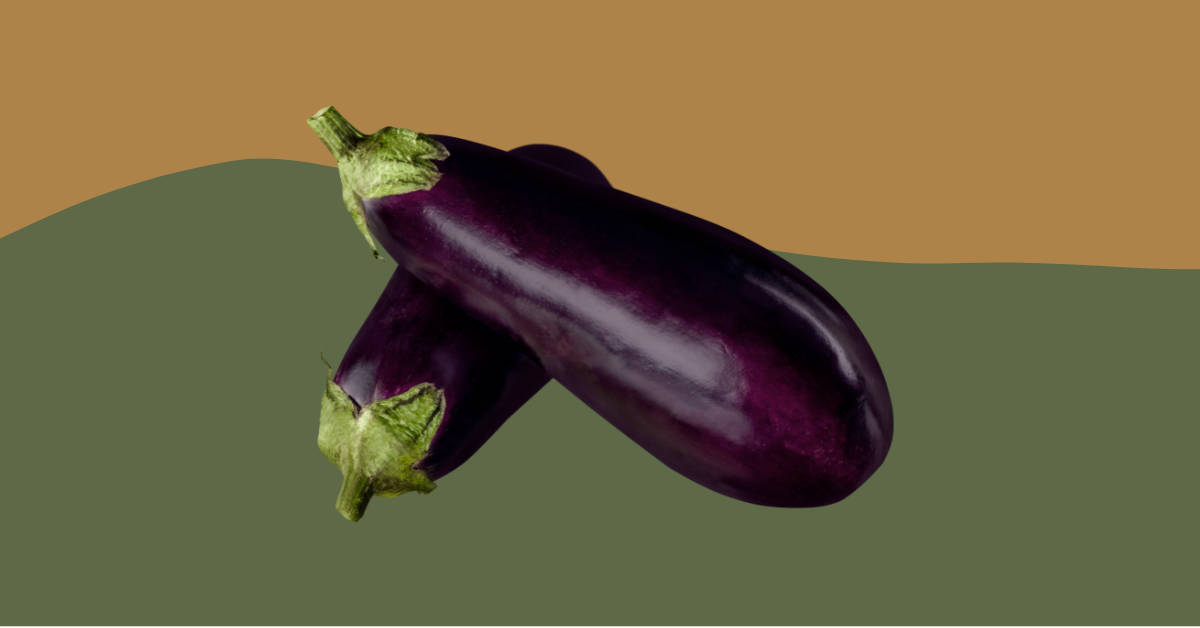Yes, bearded dragons can eat grasshoppers. A suitable portion size is 2-3 adult grasshoppers per week for an adult bearded dragon.
Table of contents
As omnivorous reptiles, they consume a variety of food, including insects, vegetables, and fruits. One common question among bearded dragon owners is whether their pet can eat grasshoppers. This article will provide the do’s and don’ts, learn about bearded dragon care, a step-by-step preparation guide, and find answers to frequently asked questions.
Related Article: Bearded Dragon Care: Expert Tips and Insights
Do’s
- Feed the right size grasshoppers: Choose grasshoppers that are smaller than the space between your bearded dragon’s eyes to prevent choking hazards.
- Gut load grasshoppers: Feed grasshoppers with nutritious vegetables and fruits 24 hours before feeding them to your bearded dragon. This ensures your pet receives essential nutrients.
- Feed grasshoppers as an occasional treat: Grasshoppers can be a healthy snack but should not replace other staple insects like crickets and dubia roaches in your bearded dragon’s diet.
Don’ts
- Don’t catch wild grasshoppers: Wild grasshoppers may carry pesticides or parasites, which can harm your bearded dragon. Always purchase grasshoppers from a reputable pet store or breeder.
- Don’t overfeed: Stick to the recommended portion size to avoid obesity and potential health problems.
Best Practices for Feeding Grasshoppers to Bearded Dragons
Following best practices when feeding your bearded dragon will ensure their safety and overall health. Here are some best practices to keep in mind:
- Source Quality Grasshoppers: Always purchase your grasshoppers from a reliable pet or reptile supply store. This ensures that they are raised in controlled environments, free from harmful pesticides and parasites that wild grasshoppers may carry.
- Gut-Loading: Gut-loading is the process of feeding nutritious food to the grasshoppers before offering them to your dragon. The grasshoppers, in turn, pass these nutrients onto your bearded dragon. Foods ideal for gut-loading include leafy greens, squash, and apples. Remember to start the gut-loading process 24-48 hours before feeding the grasshoppers to your bearded dragon.
- Calcium Dusting: Bearded dragons require a lot of calcium for their bone health. Dust the grasshoppers with a calcium supplement powder before feeding them to your dragon. This practice should be done consistently, especially with juvenile bearded dragons that are still growing.
- Proper Portion Sizes: Feed your bearded dragon grasshoppers that are no larger than the space between its eyes. This is a general rule of thumb to prevent choking and digestion issues. The portion size is usually one to three grasshoppers per meal, depending on the size of both the dragon and the insect.
- Balanced Diet: While grasshoppers can form part of a bearded dragon’s diet, they should not be the only component. Bearded dragons need a balanced diet, including a variety of vegetables, fruits, and other insects. This ensures they get all the necessary vitamins and minerals.
- Hydration: Along with a balanced diet, always ensure your bearded dragon has access to fresh, clean water. Despite being desert creatures, they still need water to stay hydrated.
- Monitor Your Dragon: Always monitor your dragon while it’s eating. This will allow you to notice any difficulty in eating or any adverse reactions after consumption. If you observe anything unusual, contact a reptile vet immediately.
Related Article: Bearded Dragon Feeding Guide: Nutrition Tips
Step-by-Step Guide to Preparing Grasshoppers for Your Bearded Dragon
Step 1
Purchase grasshoppers from a reputable source to ensure they are parasite and pesticide-free.
Step 2
Gut load the grasshoppers by feeding them nutritious vegetables and fruits for 24 hours.
Step 3
Choose appropriately-sized grasshoppers for your bearded dragon to avoid choking hazards.
Step 4
Place the grasshoppers in your bearded dragon’s enclosure using feeding tongs or by hand.
Step 5
Observe your bearded dragon eating the grasshoppers and remove any uneaten insects after feeding.
Need Recommendations?
Here’s Our Top Amazon Picks
You may also like 📖
Frequently Asked Questions
How often should I feed my bearded dragon grasshoppers?
Adult bearded dragons can be fed 2-3 grasshoppers per week. Juvenile dragons may require more frequent feedings due to their higher protein needs. However, it’s essential to remember that grasshoppers should only be a part of a diversified diet that includes other insects and plant matter.
Can bearded dragons eat other insects besides grasshoppers?
Yes, bearded dragons can eat a variety of insects, including crickets, dubia roaches, mealworms, and superworms. Each insect has different nutritional values, so a varied diet will provide a balanced amount of vitamins, minerals, and other essential nutrients.
Are grasshoppers a good source of nutrition for bearded dragons?
Grasshoppers are a good source of protein and can be a healthy part of a bearded dragon’s diet. However, they should not replace other staple insects or a balanced intake of fruits and vegetables. Always remember to gut load grasshoppers with healthy foods before feeding them to your pet.
Do I need to dust grasshoppers with supplements before feeding them to my bearded dragon?
Yes, it’s recommended to dust grasshoppers with calcium and vitamin D3 supplements before feeding them to your bearded dragon. These supplements are crucial for your pet’s bone health and overall wellbeing.
Can my bearded dragon get sick from eating grasshoppers?
If the grasshoppers are sourced from a reputable pet store or breeder and are gut loaded properly, they are safe for your bearded dragon. However, feeding your pet grasshoppers caught from the wild can lead to potential pesticide or parasite exposure, which can make your bearded dragon sick.
Conclusion and final thoughts 💭
Feeding your bearded dragon a balanced and diverse diet is crucial to its health and happiness. While grasshoppers can indeed be a part of this diet, it’s vital to remember that they should be appropriately sized, sourced from safe places, and only make up a fraction of your pet’s overall nutritional intake.
Always monitor your bearded dragon’s reaction to new food items and adjust its diet accordingly. Your pet’s health and wellbeing should always be the top priority. With proper care and a balanced diet, your bearded dragon can live a long, healthy, and happy life.
Looking for more? Here’s our roadmap:
General Bearded Dragon Pet Owners Guide
Bearded dragons are native to the arid regions of Australia and are known for their unique beard-like appearance. As pets, they have become increasingly popular due to their friendly and inquisitive nature, making them an ideal choice for reptile enthusiasts. Bearded dragons are diurnal, meaning they are active during the day, and their average lifespan ranges from 8 to 12 years, with proper care. When considering adopting a bearded dragon, it’s essential to be prepared for a long-term commitment and be well-informed about their care requirements.
One of the most crucial aspects of bearded dragon care is providing an appropriate enclosure. Adult bearded dragons thrive best in a 20 to 50-gallon tank, but a larger enclosure is always better. It’s important to always keep the tank clean. The tank should have a basking area with a temperature range of 95-110 degrees Fahrenheit, as well as a cooler area with a temperature between 75-85 degrees Fahrenheit. In addition, bearded dragons need access to UVB lighting to help them synthesize vitamin D3 and properly metabolize calcium, which is vital for their bone health.
A balanced diet is essential for a healthy bearded dragon. Their dietary requirements change throughout their life stages; juvenile bearded dragons need a higher protein intake, with insects making up around 80% of their diet and the remaining 20% consisting of vegetables and fruits. As they grow into adults, their diet should consist of approximately 20% insects and 80% vegetables and fruits. It’s important to offer a variety of food items to ensure they receive all the necessary nutrients, and to dust their food with calcium and multivitamin supplements as recommended by a reptile specialist or veterinarian.
Regular interaction and observation of your bearded dragon are vital for maintaining their well-being. Handling your pet gently and frequently can help build trust and strengthen your bond. Monitor your bearded dragon’s behavior, appetite, and overall health to detect any potential issues early on. If you notice any signs of illness, such as lethargy, loss of appetite, or irregular bowel movements, consult a reptile specialist or veterinarian for guidance. Proper care, feeding, and attention will ensure your bearded dragon remains a happy and healthy companion for years to come.







Leave a Reply